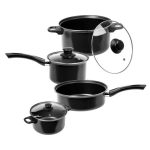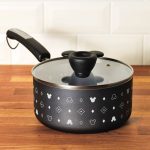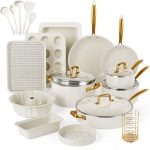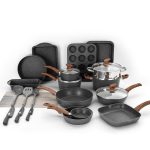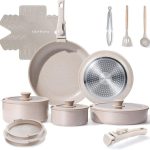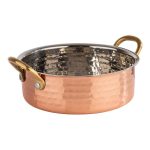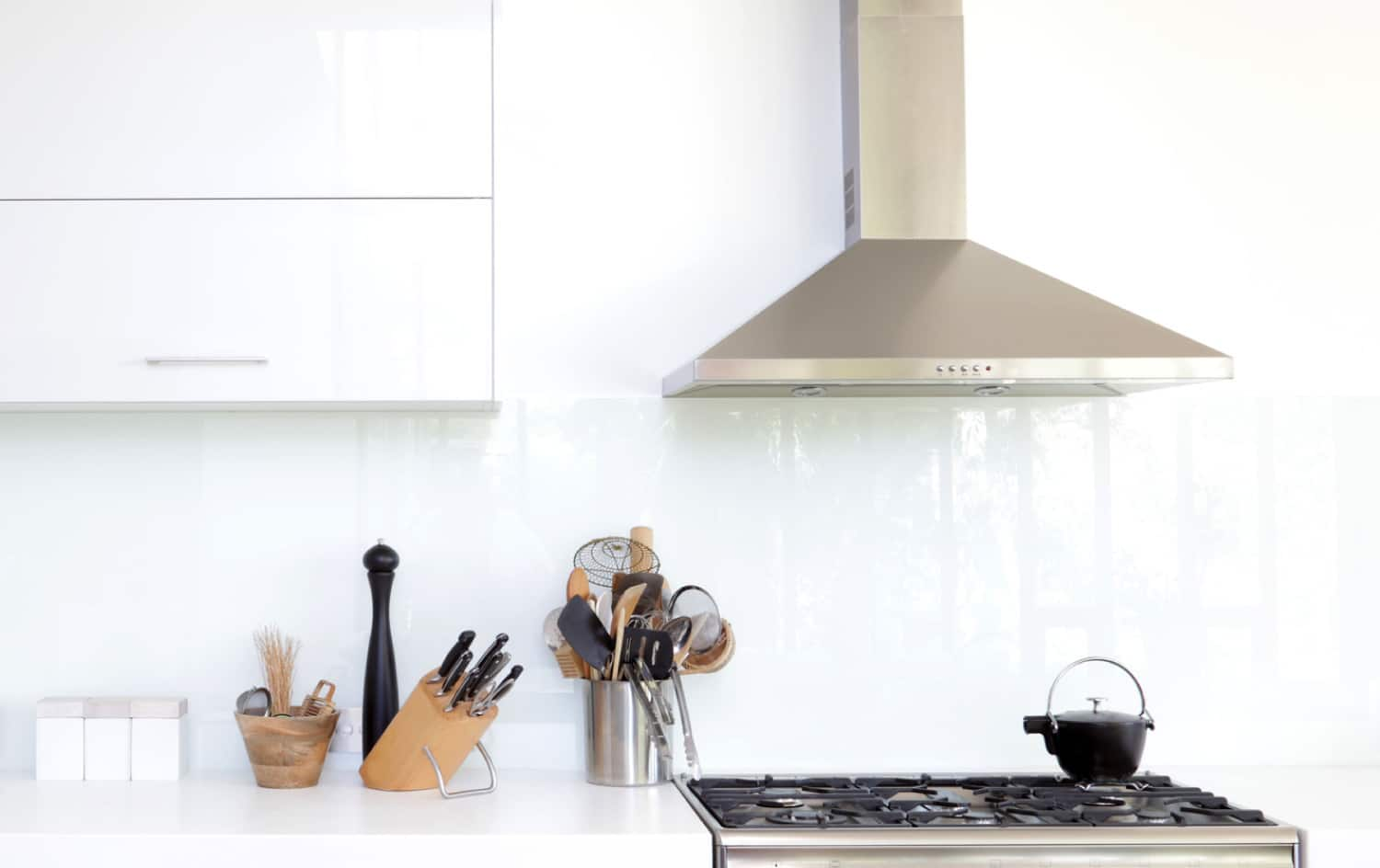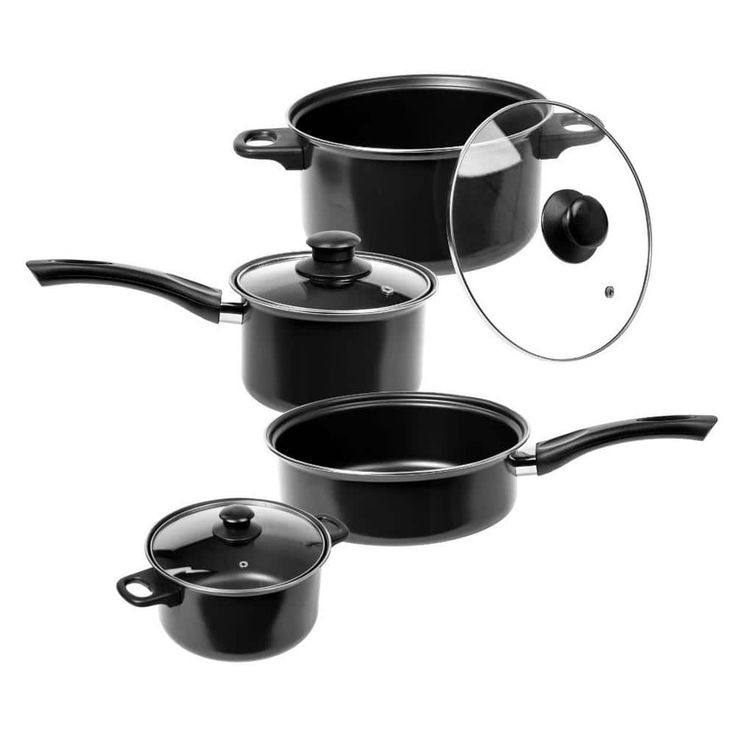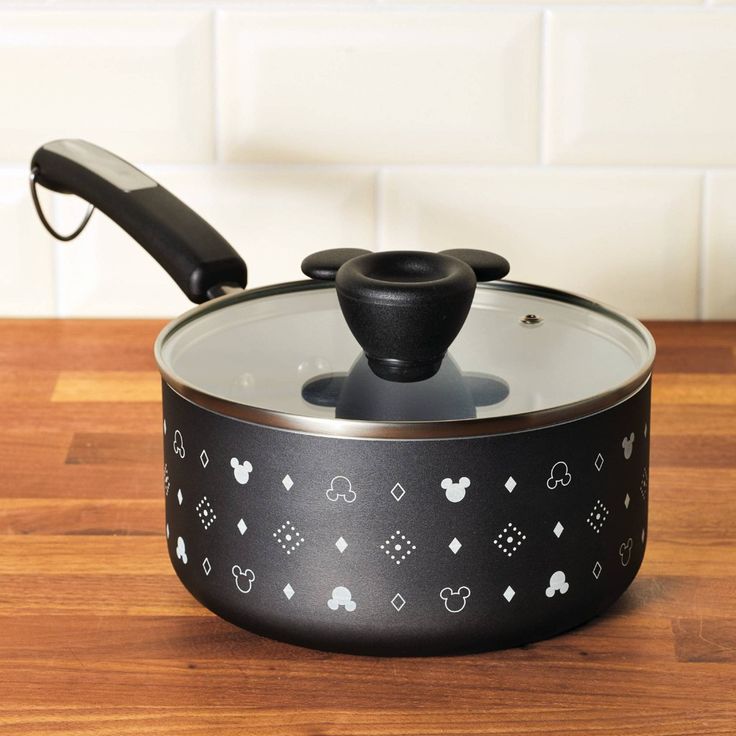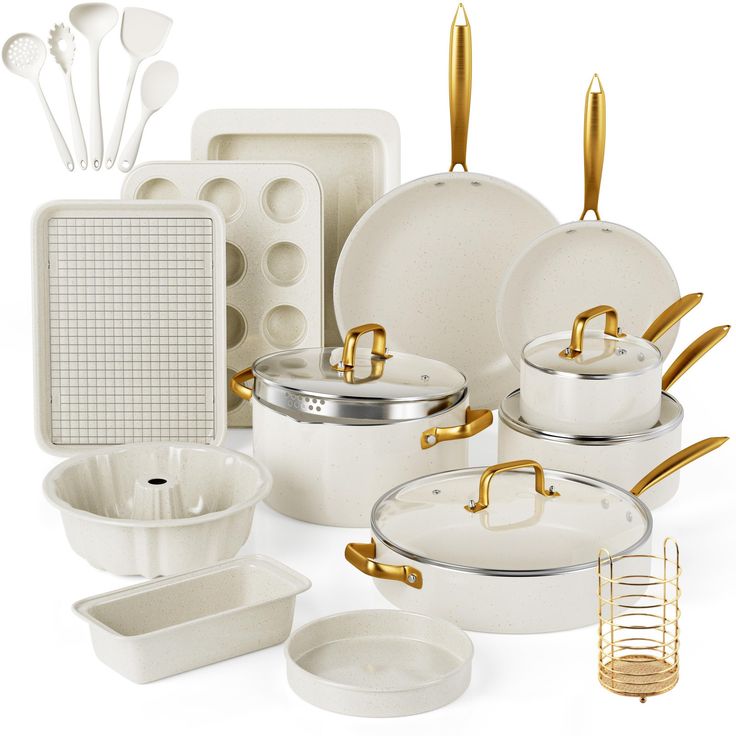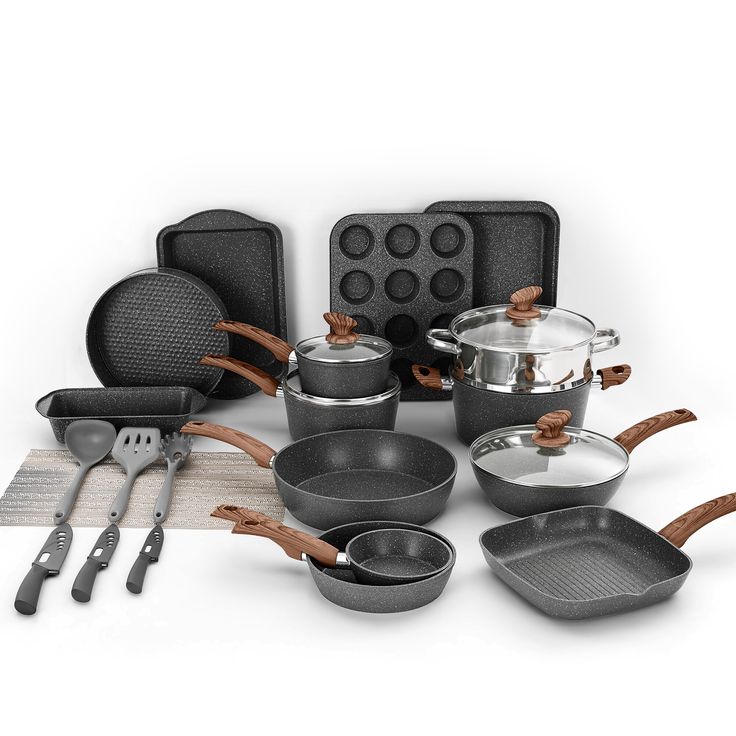Understanding the Importance of Kitchen Ventilation
In the heart of every home, the kitchen often doubles as a hub of culinary creativity and family gatherings. Amidst the sizzle of frying pans and the aroma of simmering sauces, however, lies a less savory truth: cooking produces heat, steam, smoke, and odors that, if left unchecked, can degrade indoor air quality and even cause structural damage over time. Enter the humble yet essential exhaust fan – a device whose role extends far beyond merely clearing the air. By efficiently extracting pollutants, excess moisture, and heat, a well-chosen exhaust fan safeguards your health, preserves your home’s integrity, and enhances the overall enjoyment of your cooking space. In this comprehensive guide, we delve into the key considerations for selecting the perfect exhaust fan for kitchen.
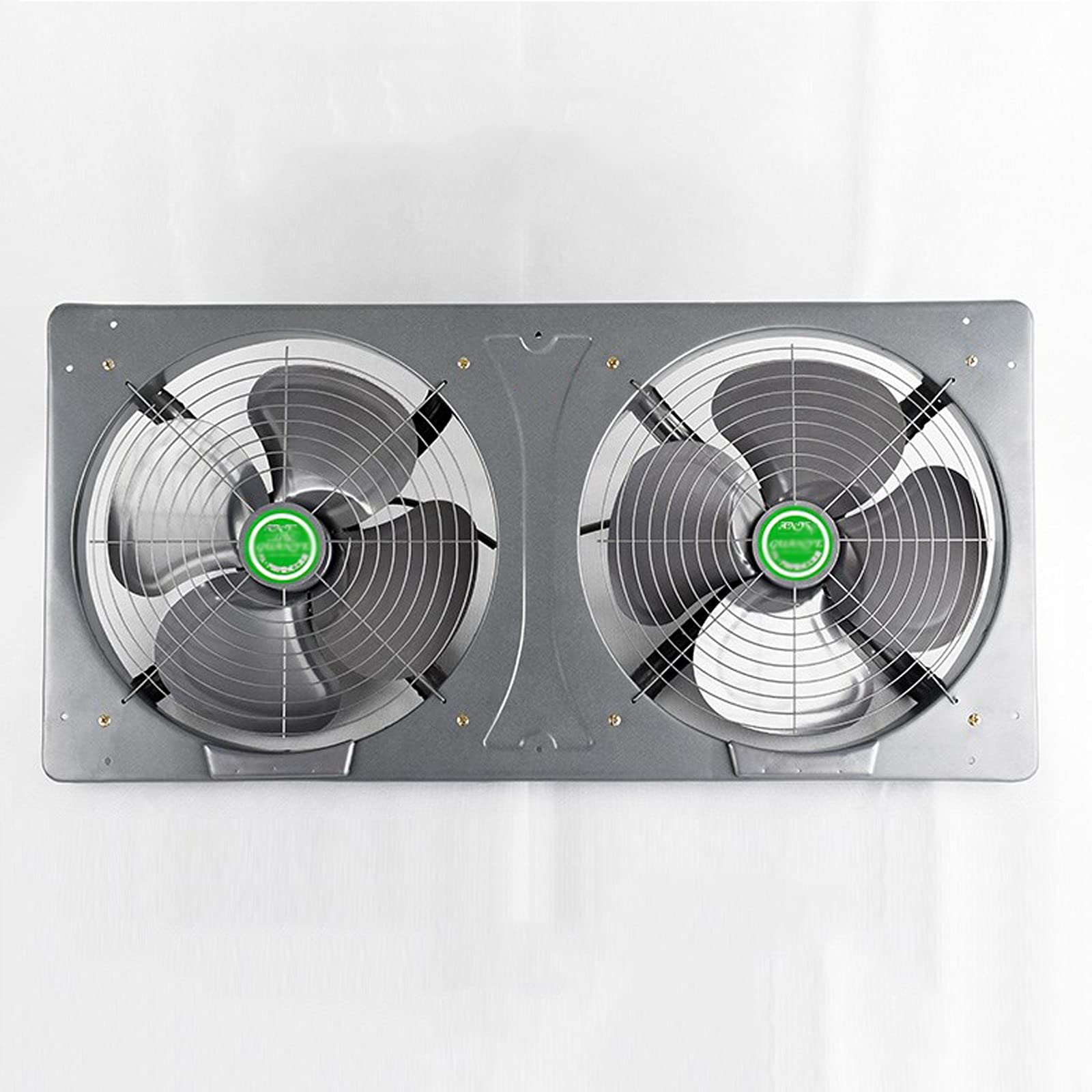
Types of Exhaust Fans: A Brief Overview
Before diving into specifics, understanding the primary types of kitchen exhaust fans is crucial. Broadly speaking, these fall into three categories: ducted (vented), ductless (recirculating), and convertible models. Ducted fans expel air outdoors through a ventilation duct, effectively eliminating contaminants. Ductless models, on the other hand, filter and recirculate air back into the kitchen, ideal for situations where external venting isn’t feasible. Convertible fans offer the flexibility to switch between both modes, providing versatility based on individual needs. Each type comes with its own set of pros and cons, making careful evaluation of your kitchen’s layout and ventilation requirements imperative.
Sizing Matters: Calculating CFM for Optimal Performance
One of the most critical factors in choosing an exhaust fan is its capacity to move air, measured in cubic feet per minute (CFM). To ensure adequate ventilation, calculate the required CFM based on your kitchen’s size and cooking habits. A general rule suggests multiplying the length, width, and height of your kitchen in feet, then dividing by 7.5 for a moderately used kitchen. However, if you frequently cook with gas or high-heat methods, increase this figure by 10% to account for additional fume extraction needs. Remember, an underpowered fan will struggle to maintain good air quality, while an oversized unit may create unnecessary noise and energy consumption.
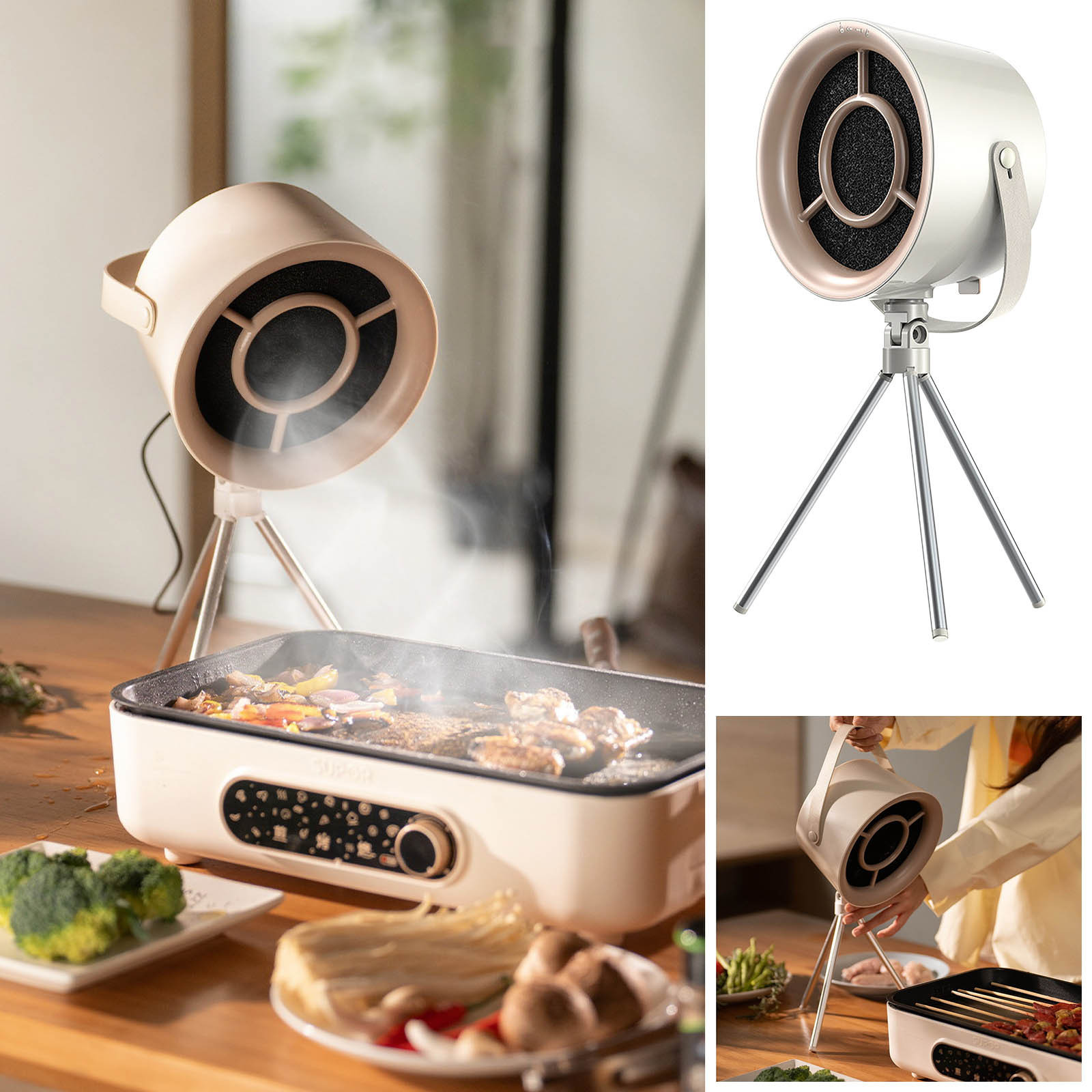
Ducting and Installation Considerations
The effectiveness of your exhaust fan is heavily dependent on proper ducting and installation. Ductwork should be as straight and short as possible to minimize resistance and maximize airflow efficiency. Insulate ducts passing through cold spaces to prevent condensation, and use smooth-walled metal ducts instead of flexible ones to reduce air resistance. Professional installation is often recommended, particularly for ducted systems, to ensure correct venting, sealing, and adherence to local building codes. Additionally, consider the fan’s location relative to cooking surfaces and room layout for optimal performance and noise management.
Noise Levels: Finding the Right Decibel Balance
A peaceful kitchen environment can quickly be disrupted by a noisy exhaust fan. Manufacturers rate fan noise in decibels (dB), with quieter models typically operating below 65 dB. When shopping, look for fans with noise reduction technologies such as insulated housings, vibration dampening mounts, or multi-speed options that allow you to adjust the fan speed (and noise) according to the cooking intensity. Remember, lower speeds are generally quieter but might compromise CFM, so strike a balance between power and serenity.

Energy Efficiency and Cost Considerations
With energy costs on the rise, selecting an energy-efficient exhaust fan is a wise long-term investment. Look for models certified by Energy Star, which signifies they meet strict efficiency guidelines set by the U.S. Environmental Protection Agency. Such fans can consume up to 65% less energy compared to conventional alternatives. While initial costs may be slightly higher, the savings on utility bills and reduced environmental impact justify the expense. Factor in potential rebates and incentives offered by local utilities or government programs to further sweeten the deal.
Additional Features to Enhance Your Cooking Experience
Beyond the basics, modern exhaust fans offer a host of features designed to elevate your kitchen experience. LED lighting integrated into the unit can brightly illuminate your cooking area while conserving energy. Some models come equipped with humidity sensors that automatically activate the fan when moisture levels rise, ensuring efficient moisture control without manual intervention. Timers allow you to set and forget, ensuring the fan runs long enough to completely clear the air post-cooking. Lastly, smart exhaust fans connect to home automation systems, enabling remote control via smartphones or voice commands, and can even integrate with other smart devices for a fully synchronized home ecosystem.

Maintenance and Filter Replacement
To keep your exhaust fan functioning optimally, regular maintenance is a must. Clean or replace filters (if applicable) as per manufacturer recommendations, typically every few months for heavy users. Grease and charcoal filters trap contaminants before they reach the fan and ductwork, preventing buildup that can reduce efficiency and become a fire hazard. Ensure the exterior vent cap is free of debris and bird nests, and check for any signs of rust or damage that could compromise ventilation. Regular attention to these details prolongs the lifespan of your exhaust fan and maintains peak performance.
Selecting the Perfect Fit for Your Lifestyle
Ultimately, the perfect exhaust fan for your kitchen is one that seamlessly integrates with your lifestyle, cooking habits, and aesthetic preferences. By carefully considering factors such as ventilation needs, installation practicalities, noise levels, energy efficiency, and additional features, you can make an informed decision that transforms your kitchen into a healthier, more comfortable space. Don’t underestimate the importance of a well-ventilated kitchen—it not only protects your health and home but also enhances the joy of cooking and sharing meals with loved ones. With the right exhaust fan in place, every culinary adventure becomes a breath of fresh air.
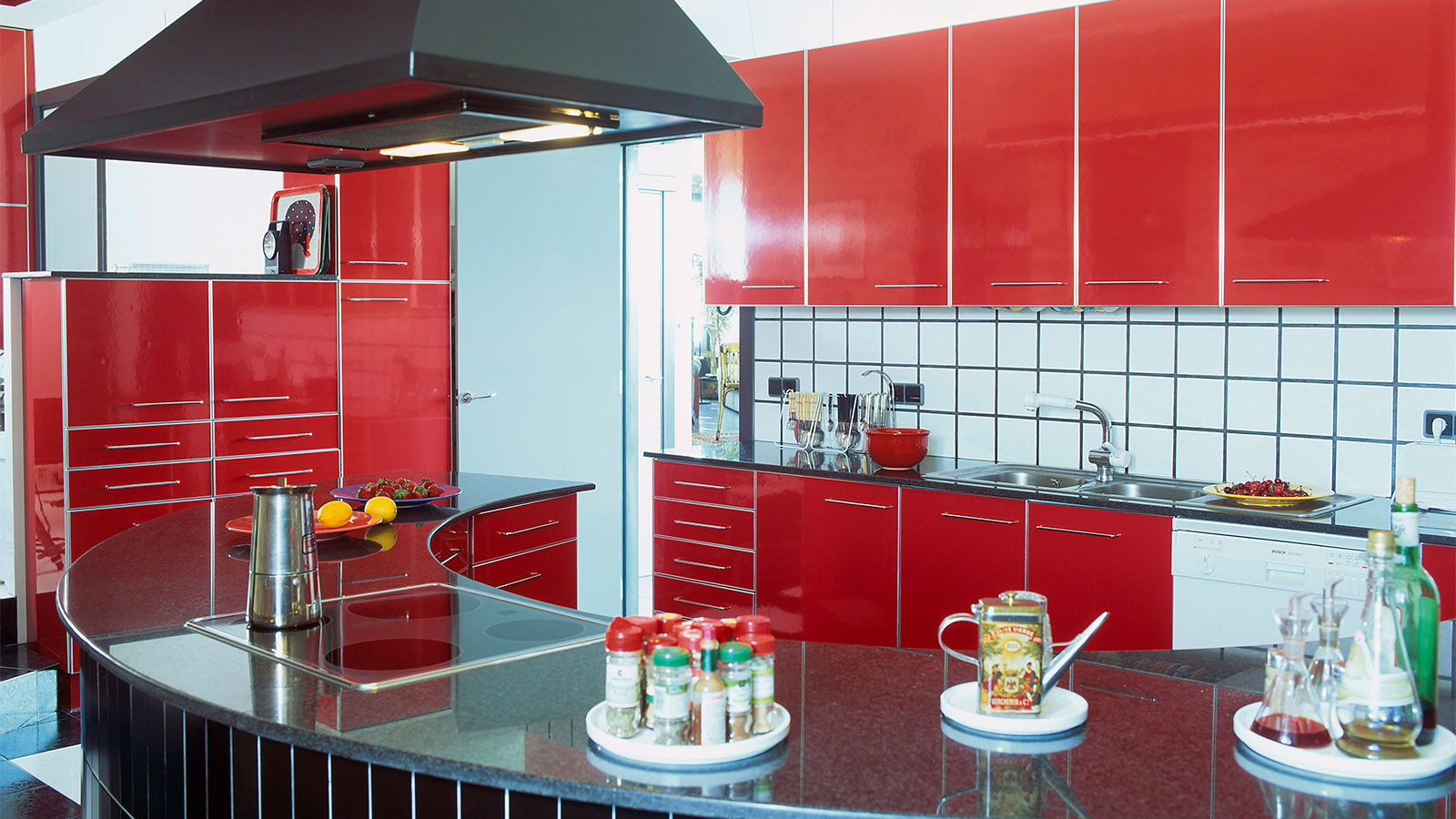
Understanding Noise Levels and Sound Ratings
When selecting an exhaust fan, it’s crucial to consider its noise level, especially if your kitchen is an integral part of your living space. Fans are rated in sones, with a lower sone rating indicating quieter operation. A high-quality, quiet fan usually operates at around 1.0 sone or less, allowing for peaceful conversations and undisturbed living environments. If noise is a significant concern, look for models with noise-reducing technology, such as insulated housing or variable speed controls that let you adjust the fan’s power according to the cooking intensity, thus minimizing unnecessary noise.
